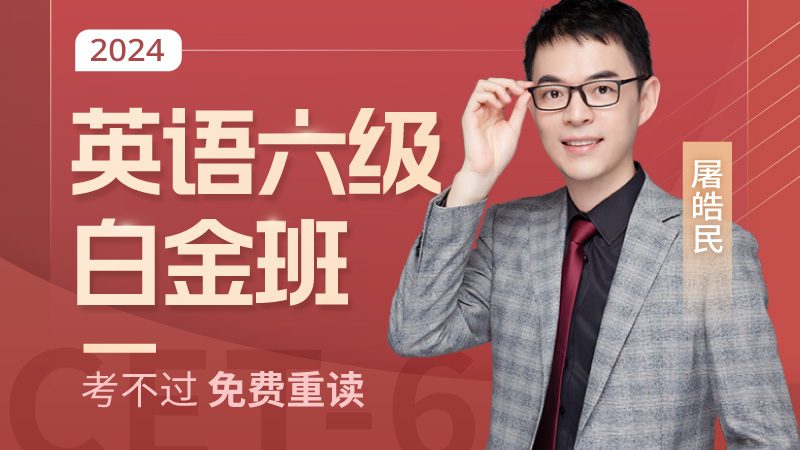英语六级听力部分的真题
英语6级的考试结束了,对于我们同学来说,可能,在整个考试中,难度最大的就是听力了。听力是很多人的硬伤,我们很多人都很努力地去提升,但是成果不见效。我们很多人也就因此放弃了我们的听力。但是,我们还是不要放弃,我们要努力做真题,从真题里面找到规律,来提升成绩。下面是真题的内容。
People who have plenty of positive emotions in their everyday lives tend to be happier, healthier, learn better and get along well with others.
Q16. What does the speaker say about negative emotions?
Q17.What happens to people whose negative emotions are out of balance?
Q18. How do positive emotions affect us?
Section C -- Recording Two
In the past few months, I've been travelling for weeks at a time with only one suitcase of clothes. One day, I was invited to an important event, and I wanted to wear something special for it. I looked through my suitcase but couldn't find anything to wear. I was lucky to be at the technology conference then, and I had access to 3D printers. So I quickly designed a skirt on my computer, and I loaded the file on the printer. It just printed the pieces overnight. The next morning, I just took all the pieces, assembled them together in my hotel room, and this is actually the skirt that I'm wearing right now.
So it wasn't the first time that I printed clothes. For my senior collection at fashion design school, I decided to try and 3D print an entire fashion collection from my home. The problem was that I barely knew anything about 3D printing, and I had only nine months to figure out how to print five fashionable looks.
I always felt most creative when I worked from home. I love experimenting with new materials, and I always tried to develop new techniques to make the most unique textiles for my fashion projects.
One summer break, I came here to New York for an internship at a fashion house in Chinatown. We worked on two incredible dresses that were 3D printed. They were amazing -- like you can see here. But I had a few problems with them. They were made from hard plastics and that's why they were very breakable. The models couldn't sit in them, and they even got scratched from the plastics under their arms.
So now, the main challenge was to find the right material for printing clothes with, I mean the material you feed the printer with. The breakthrough came when I was introduced to Filaflex, which is a new kind of printing material. It's strong, yet very flexible. And with it, I was able to print the first garment, a red jacket that had the word "freedom" ded into it. And actually, you can easily download this jacket, and change the word to something else. For example, your name or your sweetheart's name.
So I think in the future, materials will evolve, and they will look and feel like fabrics we know today, like cotton or silk.
Q19. What does the speaker say about the skirt she is wearing now?
Q20. When did the speaker start experimenting with 3D printing?
Q21. What was the problem with the material the speaker worked on at a New York fashion house?
Q22. What does the speaker say about Filaflex?


